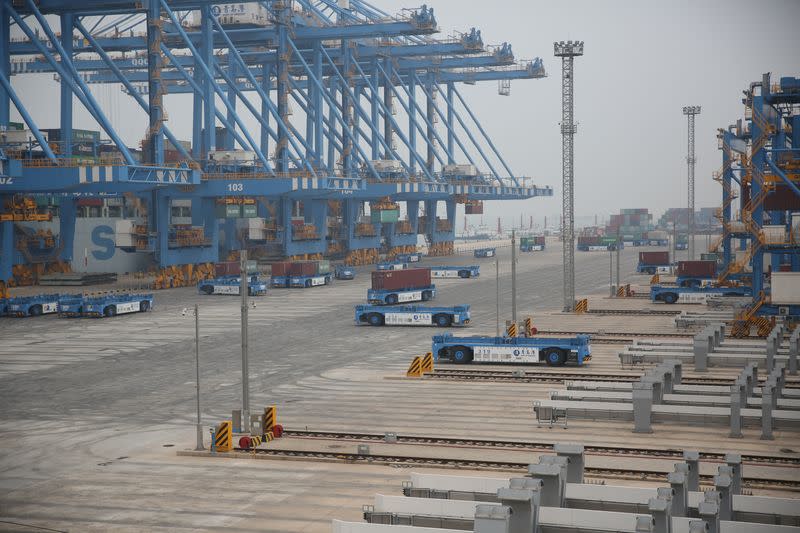China’s exports for the January-February period fell by 6.8% over 2022, indicating continued weak demand for its products.
Imports also dropped, government data showed on Tuesday, with the country bringing in parts and materials from abroad for many of its exports.
The export decline is less than the 9.9% annual fall seen in December, and better than the average expectation in a Reuters poll for a fall of 9.4%.
Imports were down by 10.2%, greatly missing the poll estimate for a 5.5% drop. December imports had been 7.5% lower than a year earlier.
“Given the high inflation in the US and Europe, demand from there should keep weakening, which also dampens the processing demand in China,” Iris Pang, chief economist for Greater China at ING, said.
ALSO SEE:
China’s Xi Admits Mixed Feelings on CATL’s EV Battery Success
Risk of global recession
Commerce Minister Wang Wentao warned last Thursday that downward pressure on China’s imports and exports would increase significantly this year, because of the risk of a global recession and weakening external demand.
China has set a target for gross domestic product (GDP) growth this year of around 5%, after the economy, the world’s second largest, grew in 2022 at one of its slowest rates in decades. Last year’s GDP was up only 3% on 2021.
The customs agency publishes combined January and February trade data to smooth out distortions caused by the shifting timing of the Lunar New Year, which this year fell in January.
Economists expect imports to gradually recover as consumer confidence returns following the removal of Covid-19 restrictions in December, but they say the slowdown abroad could also hold down the volume of goods coming into China.
China’s January-February imports of crude oil were down 1.3% on the same period last year, while imports of natural gas fell by 9.4%. However, coal and soybean imports jumped on improving domestic demand.
In February, manufacturing activity expanded at its fastest pace in more than a decade, data from the National Bureau of Statistics showed last week, giving economists cause for optimism.
Factory activity readings from other Asian economies for February were more downbeat, however, reinforcing views that conditions abroad were more sluggish.
- Reuters with additional editing by Jim Pollard
ALSO SEE:
Chinese Minister Warns US: ‘Mistaken’ Policies Risk ‘Conflict’
US ‘Discussing Possible China Sanctions’ With Allies Over Ukraine
Xi’s Right Hand Man, Li Qiang, to be China’s Next Premier
























